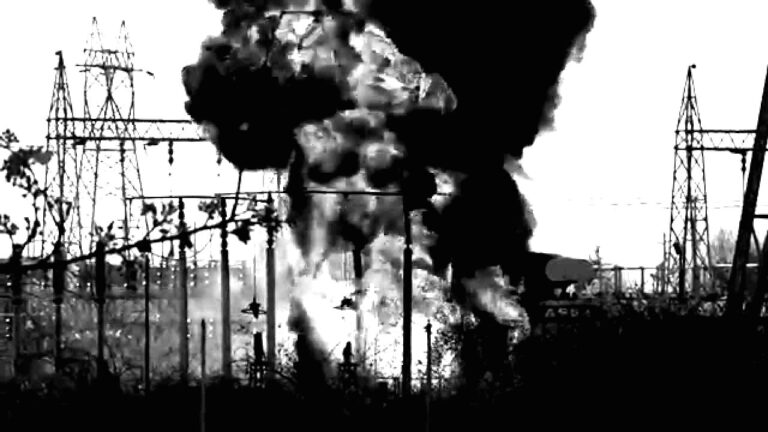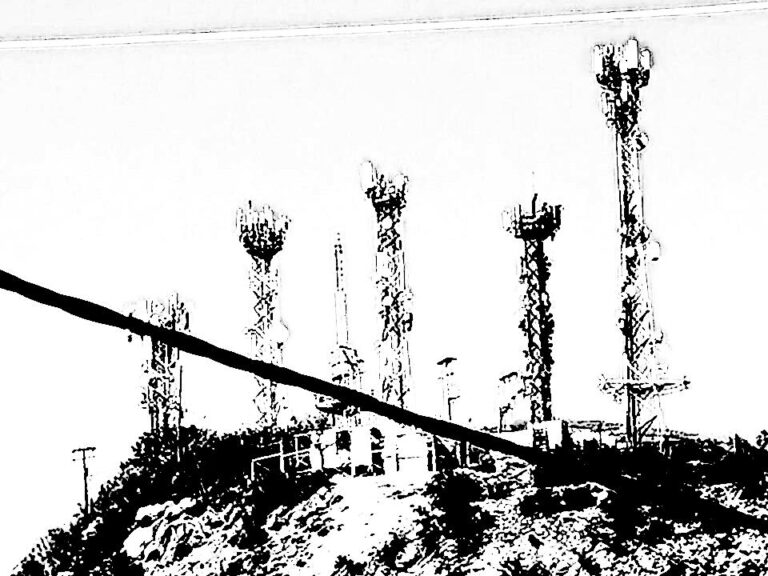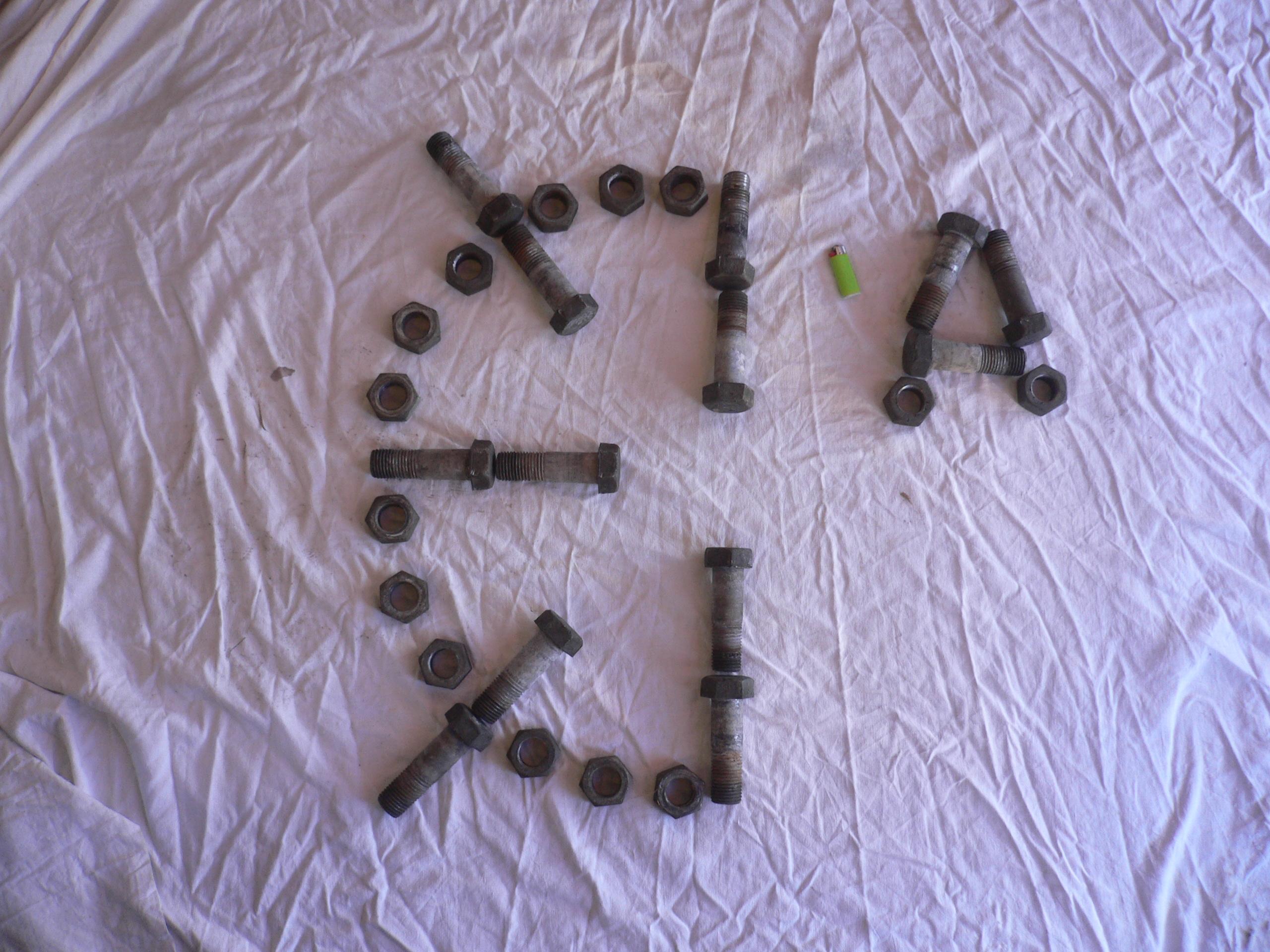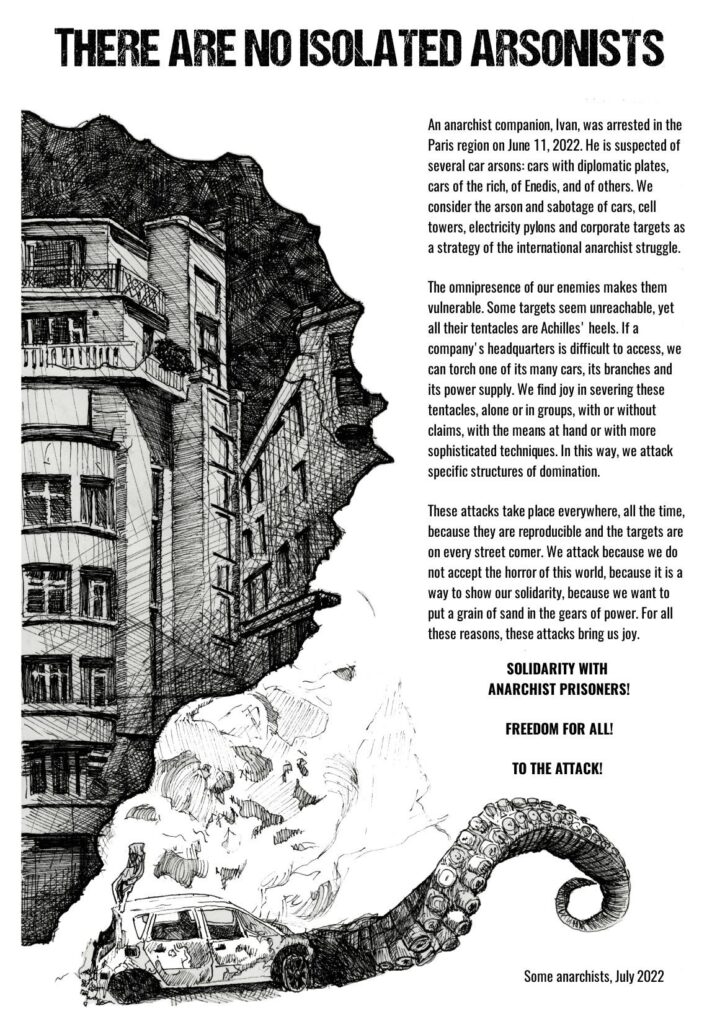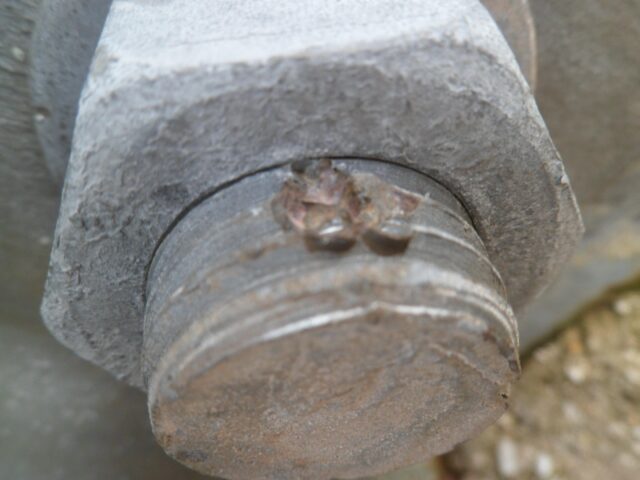
Source: lille.indymedia
Via: Bure Bure Bure
In December 2022, in solidarity with the prisoner hunger striker Alfredo Cospito, we sabotaged an EHV pylon and partially removed its bolting (https://lille.indymedia.org/spip.php?article35371&lang=fr). The sabotage of a high voltage line is not without danger and, even if it is done without error, there is always a certain risk. However, we found this risk acceptable and the action entertaining. Since direct action is always an attempt to motivate and inspire other contexts, we had already announced our intention to give some technical advice:
Choice of target: When choosing the mast, make sure that the insulators (the ceramic coils to which the cables are attached) are vertical! A diagonal or horizontal position indicates a tensile load in the corresponding direction. Choose the most insulated location possible. Make sure that there are no people between the object and the nearest towers (e.g. busy roads crossing the line). Choose your escape route so that it cannot be blocked by the falling line.
Risk assessment/mitigation: It happens regularly (although rarely) that electricity pylons bend or fall, even without sabotage. This can occur, for example, due to storms, the weight of snow, or simply material fatigue or inadequate maintenance. The result is a risk of premature tilting of the mast. This risk increases with each screw loosened and exponentially with each foot completely unscrewed. It is up to you, as a group, to decide how far you want to go. In all cases, plan the action with the possibility of the mast falling while you are still there. Both at the base of the mast and where the cables touch the ground, there is a potentially lethal tension on the ground within a certain radius! Move away from the object as quickly as possible in the opposite direction of the fall. Ensure that your body remains in contact with the ground at all times (grounding), walking with small “shuffling” steps. Make sure that the weather conditions are favorable. Under no circumstances should you perform this action in strong wind, heavy rain or snowfall!
How to proceed: During the reconnaissance of the object, we noticed with some annoyance that the thread projections of each screw were destroyed by drilling (photo). An anti-sabotage measure of RTE which we do not know if it applies to all EHV lines or only to this one. In retrospect, we can see that it is certainly more tiring, but that it is still possible. For the screws, we concentrated on the ones that connect the mast to its foundations (50 mm key). On the inside, a short handle of about 20-30 cm is enough, as it gets stuck in the structure of the foot. On the outside, you will need a strong tube extension to increase leverage. For ease of transport, it is recommended to use several tubes that fit into each other. For some screws, we needed up to 2 meters of leverage. Before the actual action, we sprayed the screws with penetrating oil (WD 40) and let it work for several hours. We repeated this operation at the beginning of the unscrewing. The last few screws were significantly more difficult to remove, which we interpreted as a sign that the mast was already starting to lower. For this action, you will need at least 2 to 3 people on the object. You can count on about 3 hours per foot (16 screws at a time). If you find a pole with undamaged bolts, it will probably go faster.
Tracks: It is almost impossible to work for several hours in the same place without leaving many tracks! Check regularly during the work if your body is still completely covered (e.g. between sleeve and glove). In any case, get rid of your clothes and shoes after the action. Keep your workplace clean and store your tools in such a way that nothing is inadvertently left behind, even if you have to stop the action before it is completed. Continue reading “Communiqué #2: Sabotage of an EHV pylon in France/Grand-Est” →

